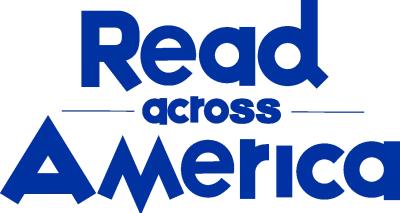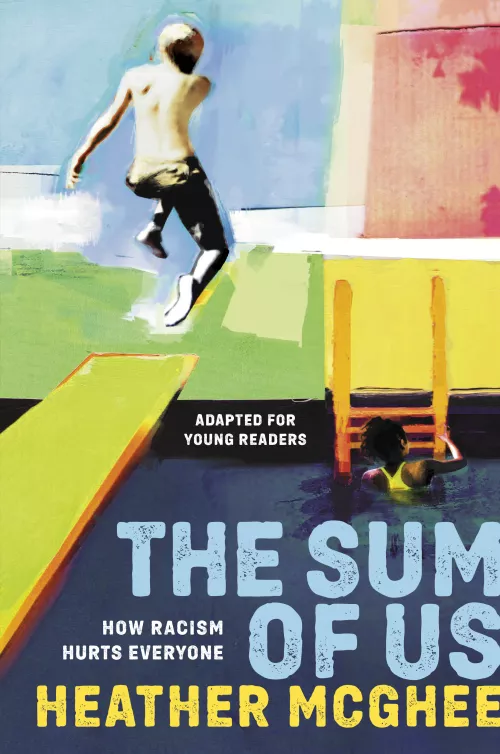Share this book
In reading The Sum of Us, students may want to further explore how their identities (i.e. race, social class, gender, language, sexual orientation, nationality, religion, or ability) impact what they notice and the assumptions they have about how they are positioned (relative to privilege and oppression).
Have students list and describe factors that have likely contributed to shaping their identities, such as race, gender, nationality, class, education, culture, interests, skills, life experiences, history, and so forth. Students can write an essay for how these factors have shaped their identities and affected their actions and activities. Or, they can create an identity box.
An identity box reveals both prescribed and internal identities. Starting with a shoe box-sized box, students should cover the outside of the box with pictures, words, symbols, and drawings that represent how others perceive them. Students should include judgments and perceptions of family, friends, classmates, students, and others. On the inside of the box, students should decorate the box and include objects that represent how they describe themselves, their background, and values. The inside of the box should reflect the parts that few, if any, see. Have students present their boxes in small groups and reflect together on how internal and external identities develop and what role privilege plays in those identities.
Questions for Discussion or Reflective Writing
- What is the author’s definition of zero-sum theory? What is a zero-sum mindset? How do racialized ideas of who is the public and what do they deserve affect government policies?
- What factors make it necessary to invest in the public good? What causes people to withdraw from public goods? What examples of the “drained pool” do you see in this country or in your community?
- What did you learn about the role racism played in the development of the student debt crisis? Of the housing crisis and the 2008 financial crash? How has racism corrupted our systems? What needs to happen to change systems, laws, policies, and practices?
- The book closes by covering the author’s five “discoveries” on how we can all prosper together. What are your thoughts and ideas about how to “refill the pool”? How can people be convinced to change their zero-sum mindset?
Related Resources
Take Action with The Sum of Us from Color Of Change
Free Library of Philadelphia Author event with Heather McGhee
Teaching Kids About the Costs of Racism from the Brian Lehrer Show
Reading Guide for The Sum of Us: What Racism Costs Everyone and How We Can Prosper Together
We Imagine…. Us: The Animated Series featuring Heather McGhee
More Titles to Try
-
Stamped: Racism, Antiracism, and You
Jason Reynolds and Ibram X. Kendi
-
Just Mercy (Adapted for Young Adults): A True Story of the Fight for Justice
Bryan Stevenson
-
How to Change Everything: The Young Human's Guide To Protecting The Planet And Each Other
Naomi Klein
-
We Are Not Yet Equal: Understanding Our Racial Divide
Carol Anderson with Tonya Bolden
Stay on top of current education news



